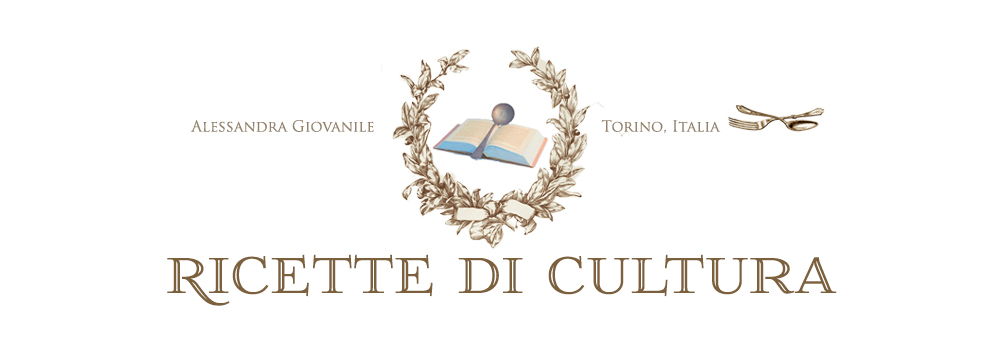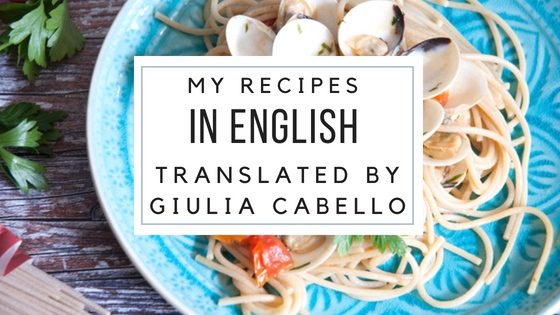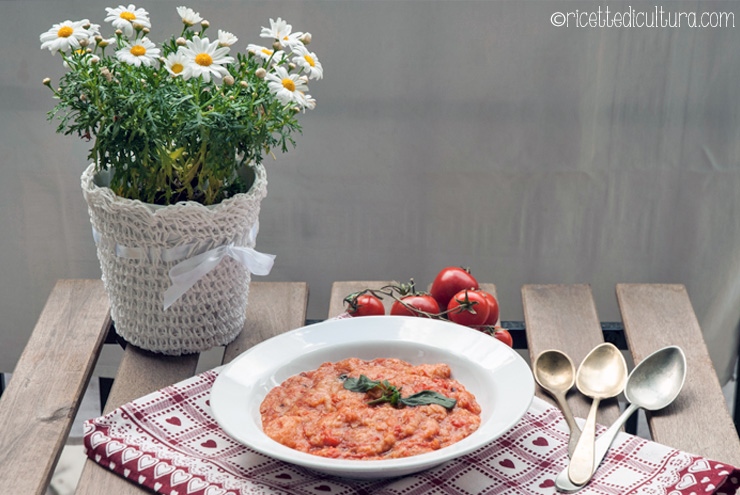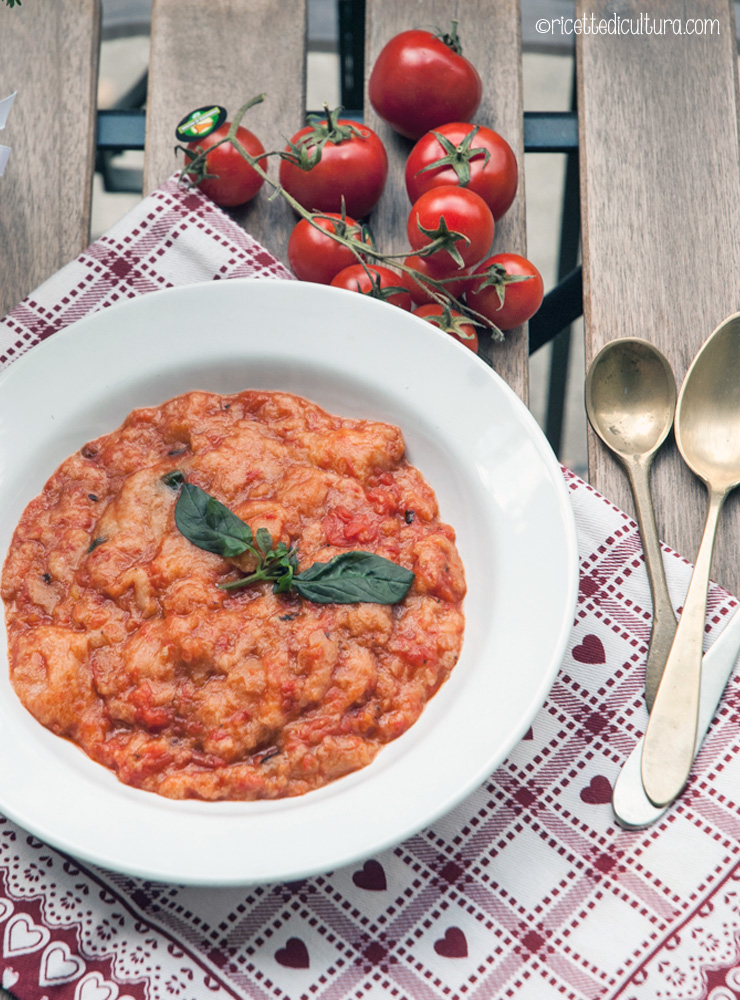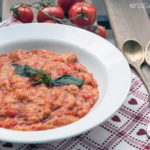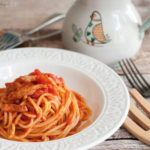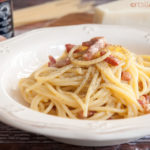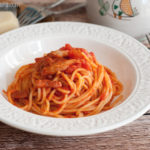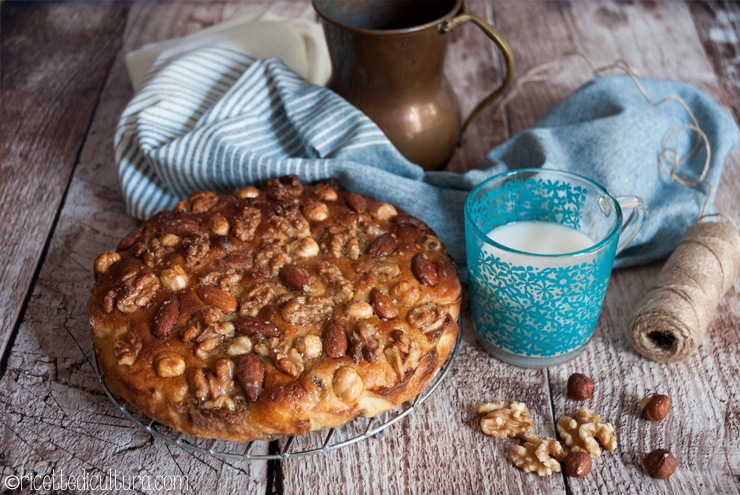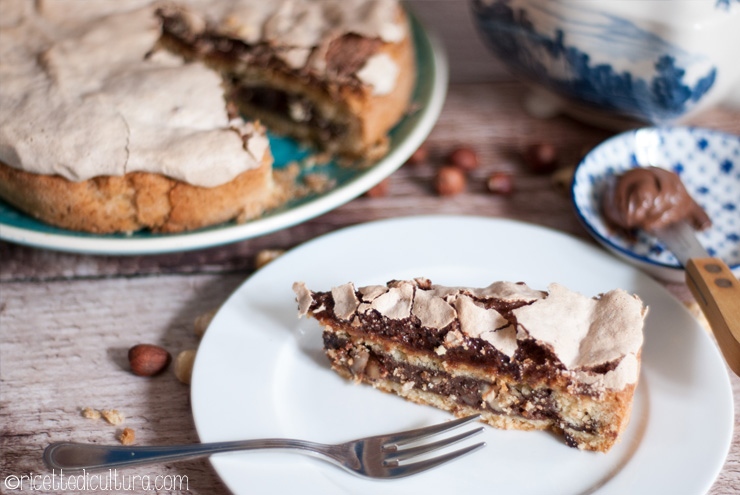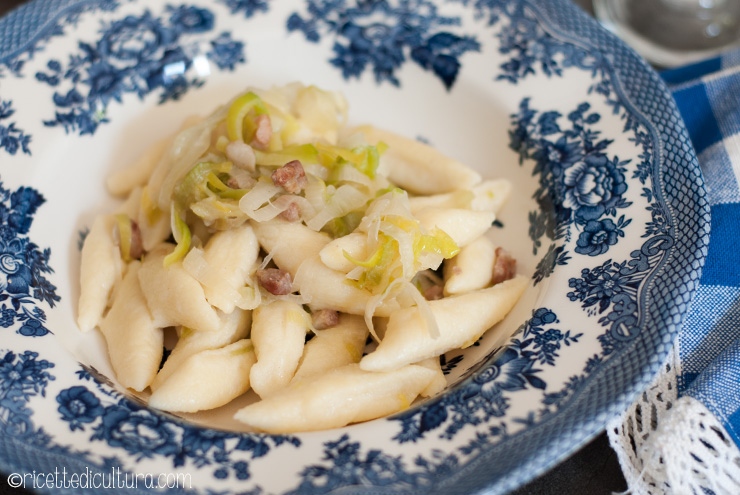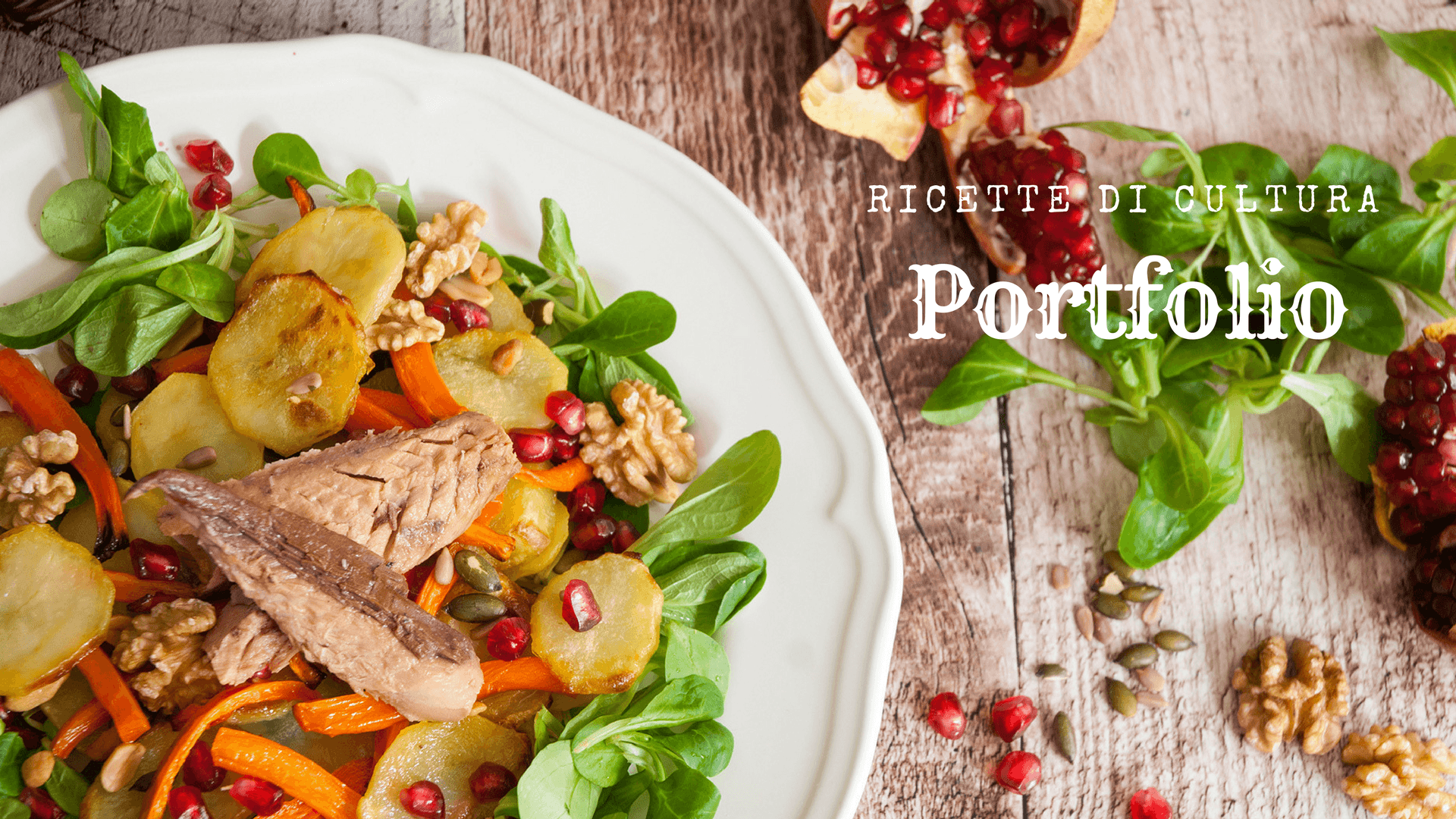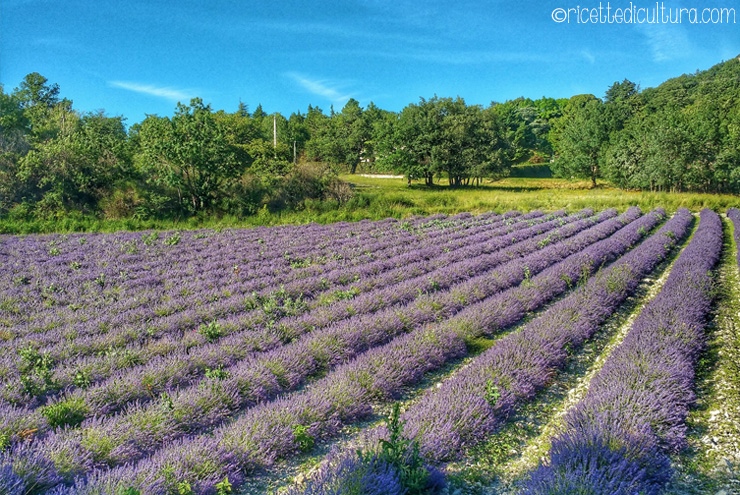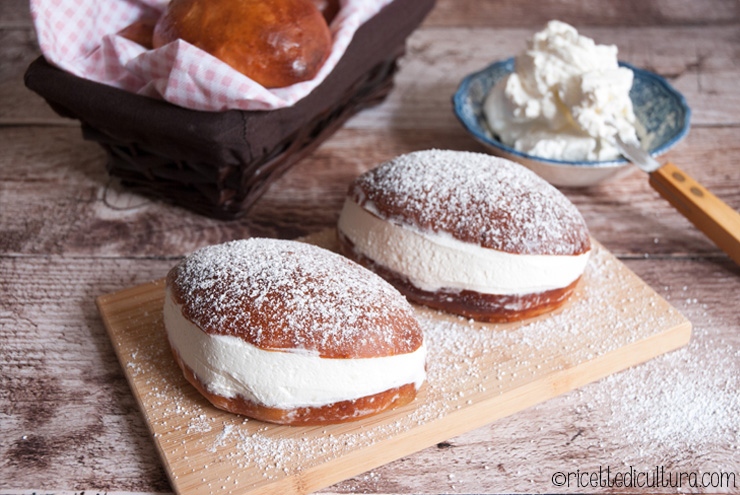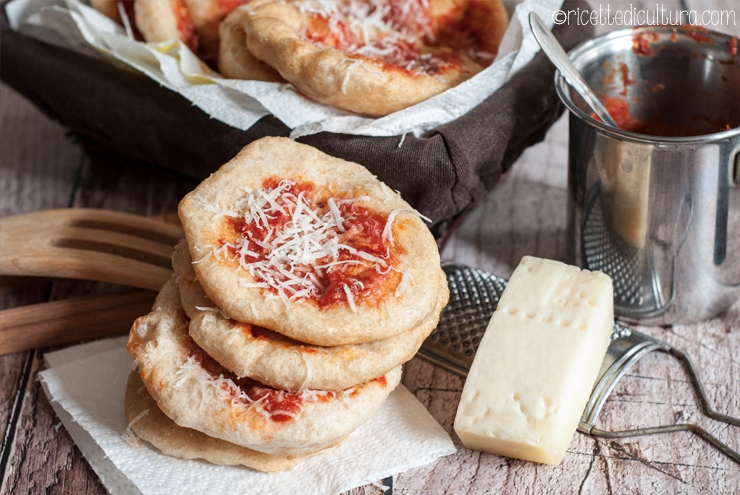Pappa col pomodoro One of the most popular tuscan recipes
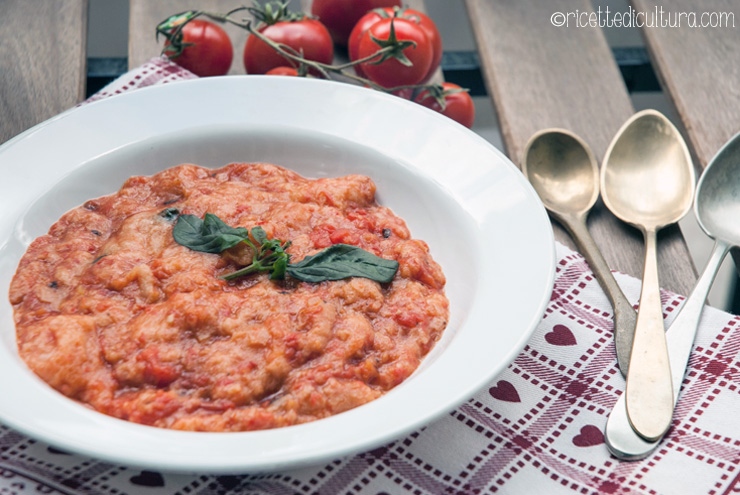
Pappa col pomodoro is one of the most traditional recipes from Tuscany and Florence, though not very known or prepared outside the region.
(se cerchi l’articolo in italiano clicca qui)
It’s a dish from the culinary tradition of farmers, that uses leftover stale bread. It is considered a “poor’s” meal, as its ingredients are few, simple, and easy to obtain, though extremely tied to their birthplace.
One of the reasons why the recipe is barely known outside of the tuscan region is actually its most important ingredients: bread and tomato.
About the bread
Bread is to be used only and exclusively when it’s been worked with no salt — pane sciocco toscano, which works perfectly with the region’s flavorful meats. Preparing bread without salt has been a tuscan prerogative for centuries:
Tu proverai sì come sa di sale lo pane altrui… [Dante Alighieri]
(You will realize how salty other’s bread shall taste, cit. from Divina Comedia)
Saltless bread preserves itself longer, too: in the homes of farmers it was put in big, wooden chests called madìa, which kept them fresh for many days. Then, when it became firm enough, it was used in dishes such as panzanella, ribollita and, indeed, pappa col pomodoro.
If you can’t find it in your area, you can substitute it with rustic bread.
The tomatoes
The tomatoes used in the recipe are of a particular kind: the one that, in the houses of farmers, was hanged in the kitchen or next to the chimney, like grapes. They are tomatoes costoluti, also called bombolini in italian. They have to be very mature, intensely red, and are usually peeled: a cross is carved on the base of the tomato and thrown into boiling hot water for a minute, which removes its skin very quickly.
The ritual of seven veils
There are diverging schools of thought on the preparation of pappa col pomodoro: one of the two lets the bread brown into oil and then adds the sauce; the other prepares the tomato sauce first and then adds the bread, which adds taste and softens the mix with broth.
The first recipe has the advantage of a more flavorful result, but the second is more traditional.
A particular ritual is used when regarding the heating of the soup: the sauce, together with the bread, is supposed to create seven “veils”, which means that a thin membrane should appear 7 times on the surface of the mixture, before it’s considered ready. This favors the concentration of the sauce, and, of course, the flavor.
pappa col pomodoro is a summer’s recipe, so the tomatoes have to be very mature, and it can be served cold or mild, but always after a cooling period in the frying pan.
The recipe: pappa col pomodoro
For two people:
- 100g of stale tuscan bread, cut into cubes 2cm long
- 600g of tomatoes
- 4 extra-virgin olive oil spoons
- 1 or 2 cloves of garlic (though the one i used was a bit of a super clove)
- about 300ml of vegan broth (made with onion, carrot, potato, small tomatoes, and sedano in varying dosage)
- 6-7 basil leaves
To start, prepare a small pot of broth, adding a small piece of onion, half a carrot, a small potato, two tiny tomatoes and a piece of celery stem. Then add some salt and a spoonful of oil, and set the mix to boil.
In another small pot, dump the tomatoes into boiling water for about a minute; then, remove and peel them.
Put about three quarters of your tomatoes into a vegetable mill, then cut the rest into cubes.
Here, the real recipe starts. In a resistant pot, put the oil and the clove of garlic, crushed. When the garlic is slightly colored, add the cubed bread and let it briefly brown into oil.
Then, dump the tomato (processed and cubed), and mix it well so that the bread absorbs it up. Add the broth on the go, when it’s needed, so that everything gets cooked, the bread gets softened and the soup obtains perfect consistency.
After ten minutes or so, add the basil leaves to complete the dish. Towards the end, when you know you no longer need to add broth, try the mixture and regulate the salt; it will probably be necessary, since the bread is insipid.
I prepared it just before lunchtime, so it got to cool down for about 20 minutes; right before serving, I lightly heated it up and then it was on the plates.
Se cerchi la ricetta in italiano:
clicca qui Pappa col pomodoro
